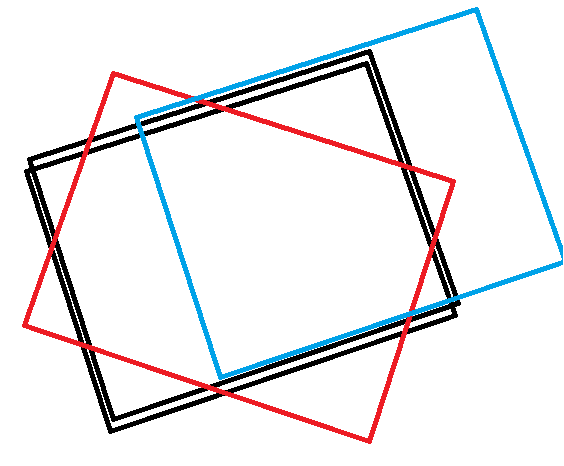when you download your data, make sure that both data sets cover the same area, in particular in West-East direction and flight direction. So for interferometry, you cannot combine ascending and descending images, nor images from different tracks
For Sentinel-1, for example, these dates are multiples of 6 days, so 6, 12, 18, 24…
So, in my example, you can use the two black images, but not black with red or black with blue
